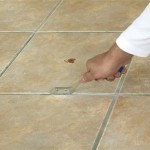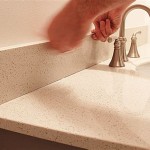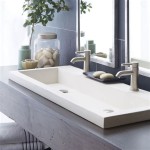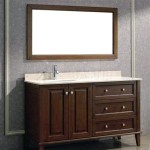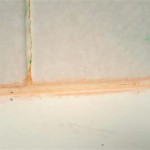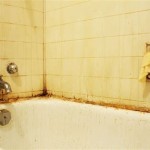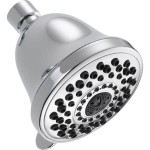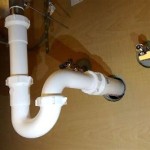Standard Bathroom Sink Shut Off Valve Size
Bathroom sink shut-off valves are essential components of plumbing systems, allowing for the isolation of water flow to the sink for maintenance, repairs, or emergencies. Selecting the correct size of shut-off valve is crucial for ensuring proper functionality and preventing leaks. Understanding the standard bathroom sink shut-off valve sizes, factors influencing their selection, and installation considerations is essential for homeowners and plumbers alike.
Standard Bathroom Sink Shut-Off Valve Sizes
The most common shut-off valve size for bathroom sinks is 1/2 inch (12.7 millimeters). This size is compatible with the majority of bathroom sink faucets and plumbing fixtures. However, there are instances where other sizes might be necessary, depending on the specific plumbing setup or the age of the existing system. In some older homes, 3/8-inch (9.5 millimeters) valves might be found, while in newer installations, larger 3/4-inch (19 millimeters) valves may be used for increased flow rates.
Factors Influencing Shut-Off Valve Size Selection
Several factors influence the selection of the appropriate shut-off valve size for a bathroom sink. These factors include:
- Existing Plumbing: The size of the existing plumbing pipes and the faucet connections should be considered. The shut-off valve size should match the existing pipe and faucet connections for a seamless integration.
- Flow Rate: The desired flow rate of the sink faucet influences the valve size. Larger valve sizes provide higher flow rates, which are suitable for faucets with higher water demands, such as those with multiple spouts or high-flow features.
- Pressure: The water pressure in the system can affect the valve size. Higher water pressure might require larger valves to accommodate the flow.
- Type of Shut-Off Valve: The type of shut-off valve, such as ball valves, gate valves, or compression valves, can impact the size selection. Some valve types have different size ranges and limitations.
- Accessibility: The accessibility of the shut-off valve location should be considered. Smaller valves might be preferable in limited spaces, while larger valves may be easier to operate in accessible locations.
Installing Bathroom Sink Shut-Off Valves
Installing bathroom sink shut-off valves requires basic plumbing knowledge and skills. The process typically involves the following steps:
- Shut off the water supply: Turn off the main water supply to the house. Depending on the location of the valve, you might need to turn off specific valves for the bathroom or the entire plumbing system.
- Drain the water: Open the sink faucet and drain the water from the pipes to prevent leaks during the installation process.
- Cut the existing pipe: Use a pipe cutter or a hacksaw to cut the existing pipe at the desired location for the shut-off valve installation.
- Install the shut-off valve: Thread the valve onto the pipe end and secure it with a pipe wrench or pliers. Ensure the valve is installed tightly to prevent leaks.
- Connect the pipe: Connect the other end of the pipe to the valve using appropriate fittings and sealing compounds.
- Test for leaks: Turn the water back on and check for leaks at the connections and the valve itself. Tighten any loose connections if necessary.
It is recommended to consult with a licensed plumber for professional installation, especially if you are unsure about the process or have any concerns about the plumbing system. Proper installation ensures the shut-off valve functions effectively and prevents future problems.
Consider Other Factors
Beyond the standard sizing, there are other important considerations when selecting bathroom sink shut-off valves. These include:
- Material: Valves are typically made from brass, copper, or plastic. Brass and copper valves are more durable and resistant to corrosion, while plastic valves are more affordable and easier to install.
- Type of valve: Ball valves, gate valves, and compression valves are commonly used for bathroom sinks. Ball valves are the most common choice due to their quick operation and ease of use. Gate valves are more durable but require more effort to operate. Compression valves are typically used in older plumbing systems.
- Style: Shut-off valves come in various styles, from traditional to modern designs. Choose a style that complements the bathroom fixtures and décor.
- Brand: Reputable brands offer high-quality shut-off valves that are durable, reliable, and meet industry standards. Consider choosing brands with a good reputation for quality and warranties.

What Is The Standard Bathroom Sink Shut Off Valve Size Shower Buzz

Water Supply Valve Kits For Toilets

Straight Stop And Angle Water Supply Valves

Water Supply Valve Kits For Toilets

Straight Stop And Angle Water Supply Valves

Know Types Of Shut Off Stop Valve Explained Qs Supplies

How To Find Turn On Off Your Homes Main Water Shut Valves

Types Of Water Shut Off Valves The Home Depot

Types Of Water Shut Off Valves 1st Rooter Plumbing

Types Of Water Shutoff Valves
Related Posts
